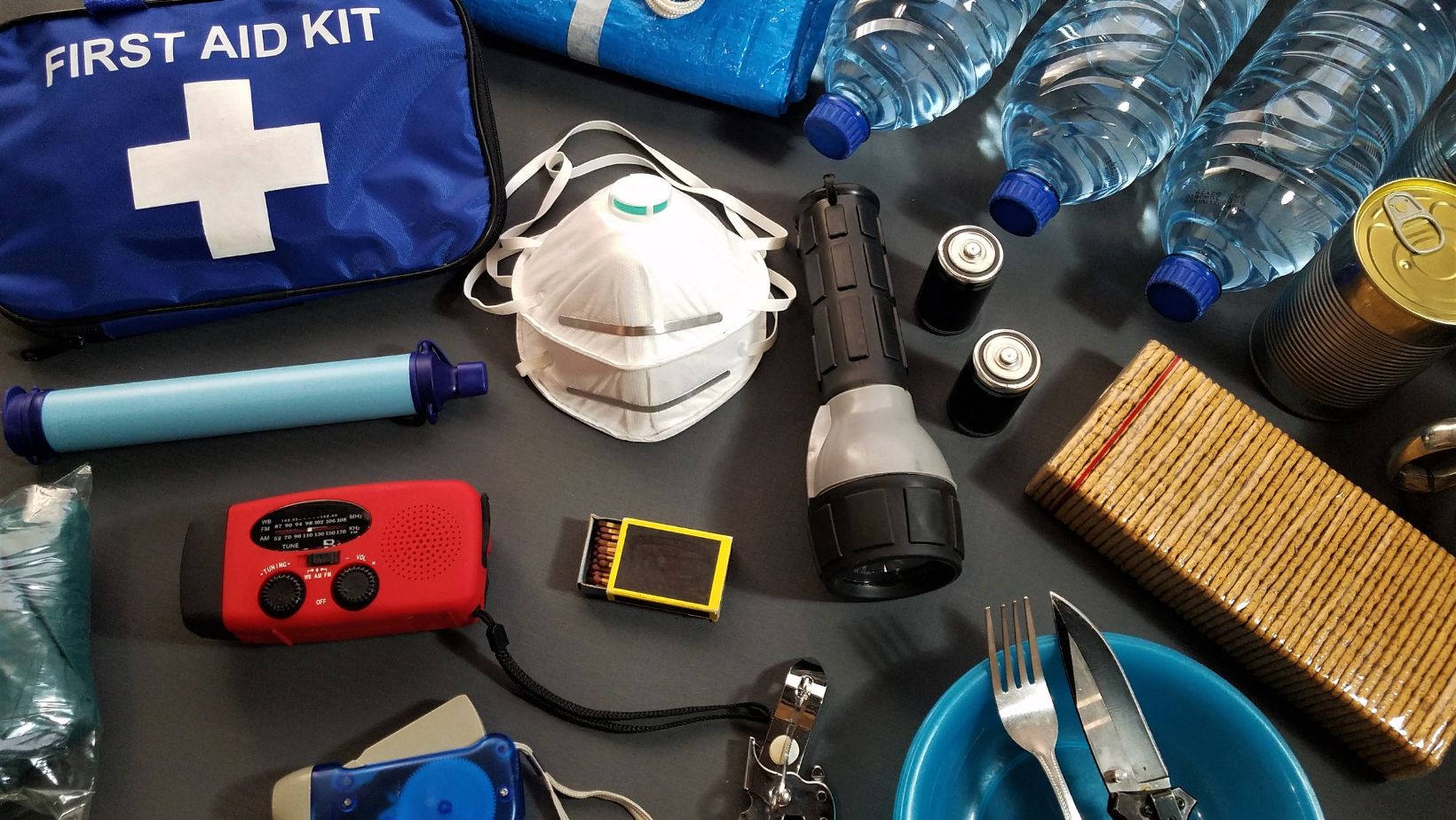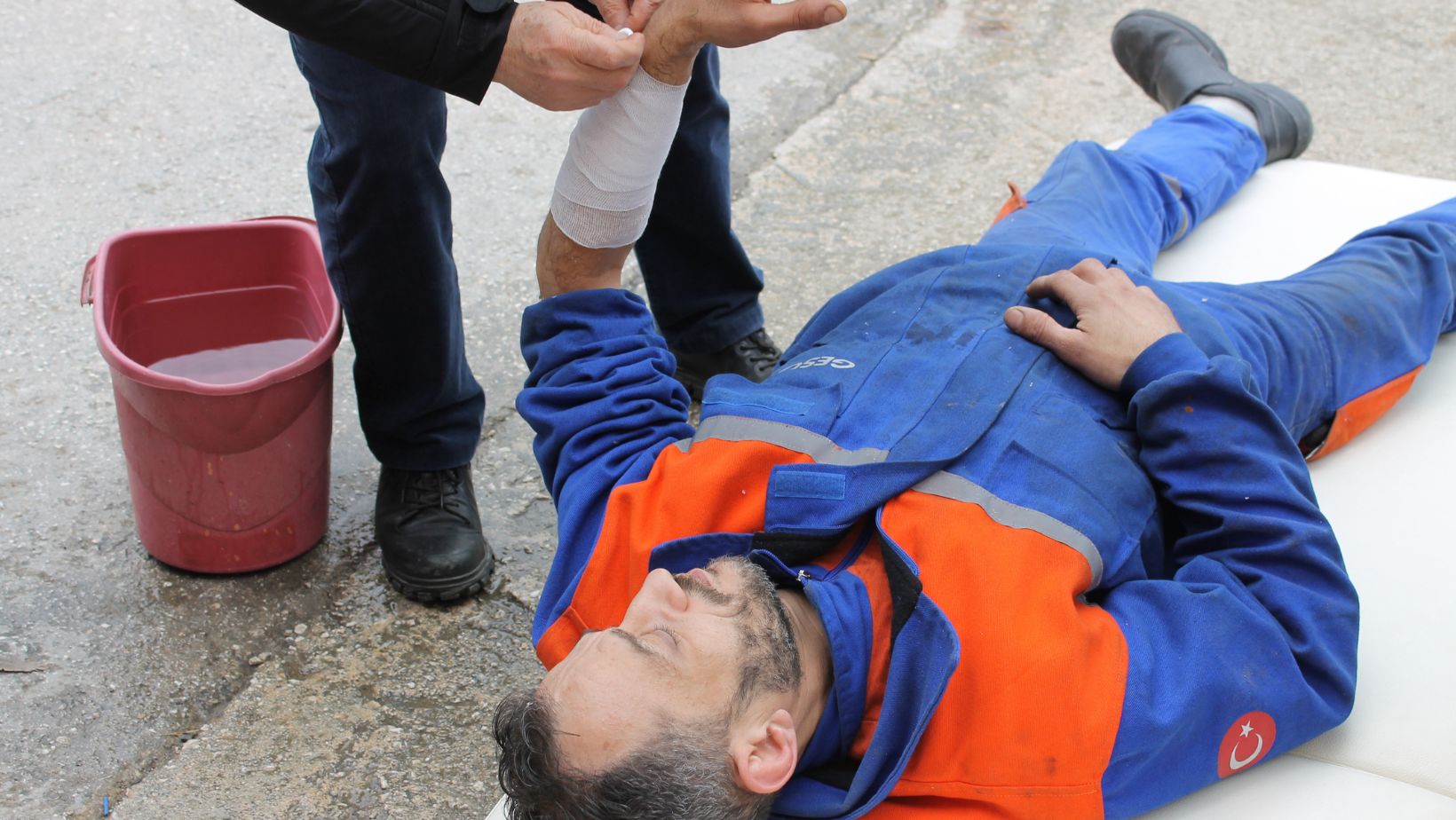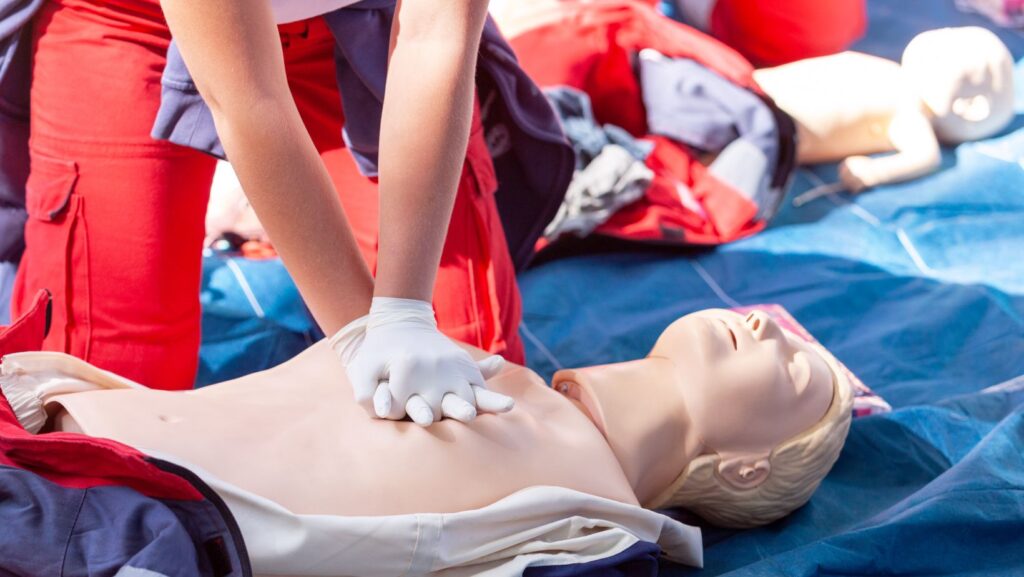Accidents and medical emergencies may occur anytime, anyplace whether at home, at work, at school or in public. When they do, the difference between a full recovery and a sad end very often depends on how quickly and efficiently one can respond. And that’s why first aid training for people is not only useful; it’s necessary.
Whether you are a parent, a student, a working office man or a retired one, awareness of the basic First Aid knowledge can may help save lives and mildens the severity of the injuries sustained and confident response when every second counts.
1. Save Lives in Critical Moments
The most apparent and compelling reason for first aid training coming to the fore is the possibility to save lives. There are times of emergency, cardiac arrest, choking, severe bleeding or anaphylactic shock when timely assistance can make all the difference between life and death. For instance, CPR can increase by a factor of two or three the survivability chances of a body of a cardiac arrest victim who is receiving CPR quickly and correctly.
With First Aid training individuals are equipped to take immediate life saving measures while the professional medical help arrives.
2. Reduce the Severity of Injuries
First aid is not only for emergencies but can prevent a minimal injury from worsening. Proper wound cleaning, dressing or splinting can help prevent an infection, control bleeding and immobilize an injured patient. Early intervention usually results in more rapid recovery and less complications.
For instance, a compress can be applied to a sprain immediately afterwards to minimize swelling, or a fracture can be immobilized to attempt to prevent further harm.
3. Fostering Confidence and Serenity in Times of Scare
Emergencies can be disconcerting and unnerving especially for a non-trained person. First Aid education makes people calm and think clearly when they are faced with situations. Such confidence approach can aid in lowering panic not only for the respondent but also for those surrounding them which will create a calmer and more effective emergency response environment.
4. Be Prepared Anywhere, Anytime
Accidents occur in places the most unexpected places, on a hike, at a family meal, or at a community event. With first aid knowledge, awareness, you are always prepared to act anywhere. You won’t need to sit helplessly waiting for professionals to arrive, you will already know what you need to do.

This is more important for parents, caregivers, teachers, and community leaders who are usually the first to go and assist anyone who needs help.
5. Support a Safer Community
When the number of first aid experts’ increases, the total community becomes safer. Schools, workplaces, and neighborhoods are better served when people can respond to injuries or illnesses. It creates a culture of care whereby persons care for others.
6. Learn Legal and Ethical Responsibilities
Many First Aid courses are also responsible for teaching people of their legal and moral duties, such as Good Samaritan laws, consent, and when to get help from an emergency service. This knowledge guarantees you not only act effectively but also responsibly.
Final Thoughts
First aid training of individuals is a powerful tool which arms ordinary people with knowledge on how to react in case of an emergency, save lives and support recovery. It’s not only for healthcare worker—it’s for all. Whether you want to take a basic course or go for an advanced course of certification, what you learn will someday make a difference in someone’s life.

Learn not to wait until there is an emergency. Meet up, be ready and be there for someone when needed the most.

